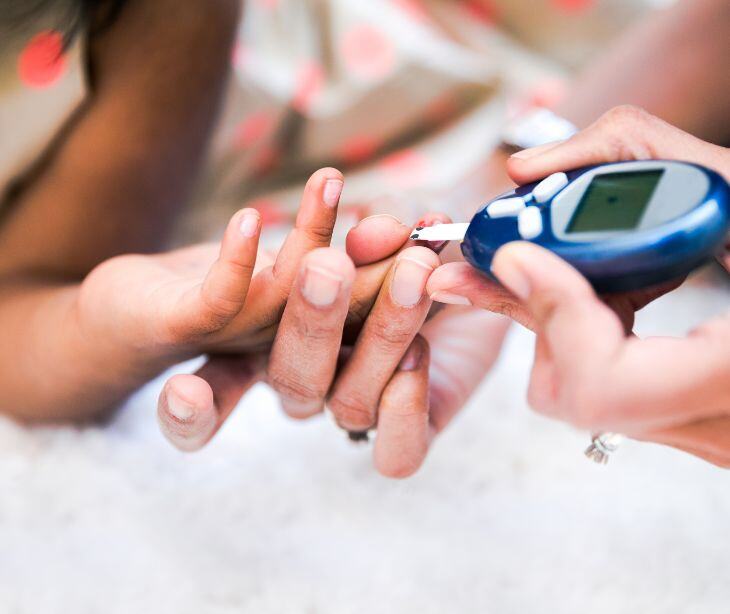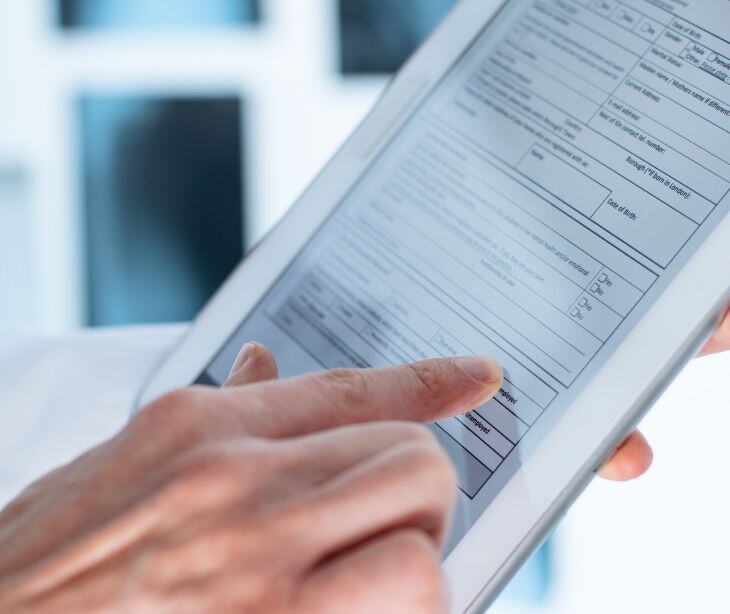
Providers can use HIPAA compliant forms to collect and track sensitive health information from adolescents with diabetes. Providers can then use the information to monitor patients, adjust treatment plans, and address potential misconceptions about self-management.
Current state of youth diabetes in the U.S.
The American Diabetes Association (ADA) reports “About 352,000 Americans under age 20 are estimated to have diagnosed diabetes, approximately 0.35% of that population. In 2017–2018, the annual incidence of diagnosed diabetes in youth was estimated at 18,200 with type 1 diabetes, 5,300 with type 2 diabetes.”
Furthermore, their study on economic costs of diabetes in the U.S. in 2022 explains, “Diabetes poses a substantial burden on society in the form of higher direct medical costs, lost productivity, premature mortality, and intangible costs in the form of reduced social connectivity and quality of life.”
So, adolescent diabetes management requires a comprehensive understanding of their health status, lifestyle, and treatment adherence.
Addressing misconceptions in youth diabetes
A descriptive phenomenology study found that the “misconceptions of adolescents with type 1 diabetes about managing glycemic levels resulted from an insufficient understanding of self-management of diabetes.”
In response, providers can use HIPAA compliant forms to securely gather information on:
- Blood glucose monitoring
- Treatment adherence
- Lifestyle factors (like diet and physical activity)
- Medical history
- Education level
- Treatment barriers
- Goals/preferences
Providers can then use this information to address misconceptions, deliver tailored support, and improve glycemic control. Additionally, providers can use electronic health records (EHR) to track progress and identify trends over time for more personalized and efficient patient care. Additionally, EHRs can streamline administrative tasks and reduce the risk of errors in medical documentation.
Read also: HIPAA compliant email and text messaging for diabetes management
Strategies for an effective HIPAA compliant form
Electronic data security: HIPAA compliant platforms, like Paubox forms, use encryption and two-factor authorization to protect patient data from unauthorized access or breaches. These platforms also offer secure storage and regular audits. Additionally, Paubox forms can streamline communication processes between providers, like endocrinologists and primary care physicians, while safeguarding protected health information (PHI).
Consent and authorization: Providers must first obtain explicit consent from adolescent patients (or their legal guardians) to collect and use their health information for treatment. Providers should also clearly explain the purposes of the form and how the information will be utilized.
Minimum necessary standard: Providers should only collect information related to diabetes management, according to HIPAA’s minimum necessary standard.
Age-appropriate language: HIPAA compliant forms should use appropriate language that is understandable for adolescents, considering their developmental stage and literacy level. Additionally, providers should avoid using complex medical jargon.
Comprehensive assessment: Providers must use a user-friendly HIPAA complaint form builder, like Paubox, which offers a customizable drag-and-drop form builder to assess the different aspects of diabetes management. Providers can include questions on blood glucose monitoring, medication adherence, dietary habits, physical activity, and patient preferences.
Cultural sensitivity: The ADA shows that “the rates of diagnosed diabetes in adults by race/ethnic background [differ].” So, providers should consider cultural and linguistic diversity when designing forms to promote inclusivity and accessibility for all patients.
Read also: Personalization in text message-based interventions across different demographics
FAQs
Can HIPAA compliant forms be used in diabetes management?
Yes, providers can use HIPAA compliant to securely gather information on various aspects of diabetes management, while safeguarding patients’ protected health information (PHI).
Are HIPAA compliant forms customizable?
Yes, HIPAA-compliant forms, like Paubox forms, can be customized to meet provider and patient needs. Providers can add or remove fields, and adjust the formatting and layout to their workflows and the specific information they need to collect, enhancing efficiency and usability.
Can minors provide consent for HIPAA compliant forms?
Depending on state laws, minors may be able to provide consent for the use of HIPAA compliant forms if they have the capacity to understand the implications of their decision and are authorized to do so by law or their legal guardian. However, if the adolescent is unable to provide consent independently, their legal guardian or parent may act on their behalf to provide consent for the use of HIPAA compliant forms.
See also: A HIPAA consent form template that's easy to share
Subscribe to Paubox Weekly
Every Friday we'll bring you the most important news from Paubox. Our aim is to make you smarter, faster.



